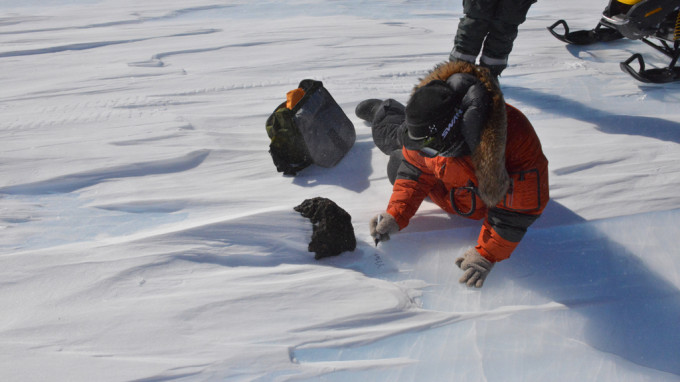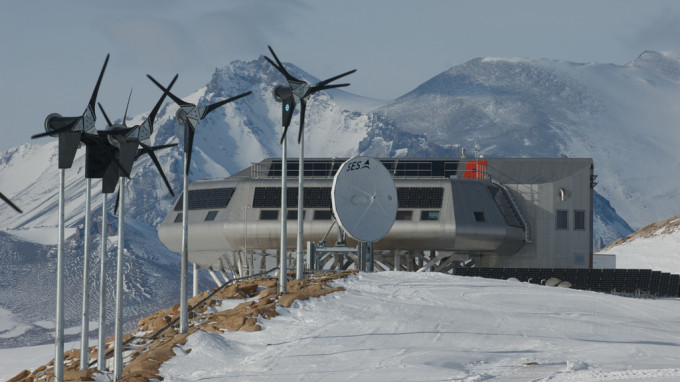About Us
The International Polar Foundation supports polar scientific research for the advancement of knowledge, the promotion of informed action on climate change, and the development of a sustainable society.
Polar Regions, Science, Climate Change and Sustainability
Founded by Belgian polar explorer Alain Hubert, Prof. Hugo Decleir and Prof. André Berger in 2002, the Brussels-based International Polar Foundation provides a novel interface between science and society, and was recognised by Belgian Royal Statute as a foundation for the public good in 2002. HM King Philippe is the International Polar Foundation's honorary president.
The Foundation seeks to bring about a keener appreciation of the role of science, particularly research in the Polar Regions, through a re-examination of the planet’s interconnections, its fragility, the impact of human actions on the environment, and the evolution of millennial climate cycles.
To achieve its aims, the Foundation has initiated several high-profile projects; this includes supporting polar science through the creation and operation of the wind-and-solar-powered zero emission Princess Elisabeth Antarctica station, logistical support of scientists working in Antarctica, fellowship awards for Antarctic researchers, an annual symposium on Arctic issues, and several science and education websites and classroom activities and resources.
What we Stand For

Polar Sciences
The Arctic and the Antarctic, and the scientific research done in these regions can be used to communicate about climate change and the challenges our societies must meet to mitigate its effects.

Education and Outreach
Education and communication help world citizens to take informed decisions and move towards more sustainable, low carbon societies. Younger generations will have to be prepared to meet the climate challenge.

Innovation and sustainability
Technologies needed to meet the climate challenge are already available today. Building a "Zero Emission" station in one of the most hostile environments on Earth, using existing technologies, is a testament to that vision.
